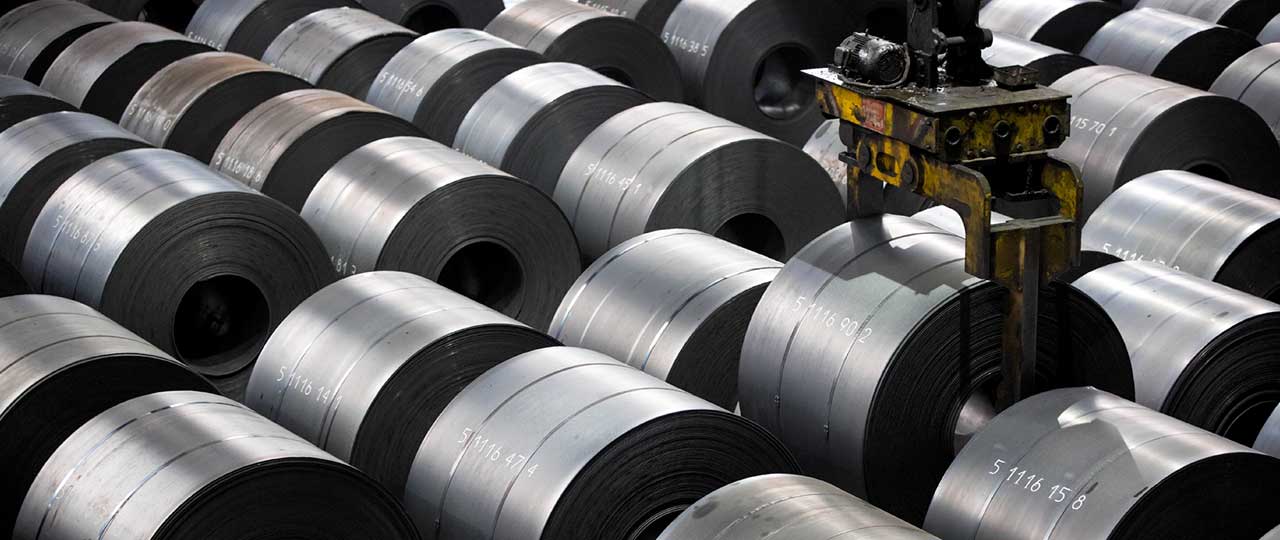The improved performance of Iran’s automotive industry this year, spurred by the removal of international sanctions in early 2016, had a positive effect on flat steel use and spiked consumption figures.
In the first half of the current Iranian year (ended Sept. 22), the country’s apparent hot-rolled coil consumption rose by 13% year-on-year, to 4.05 million tons, while cold-rolled coil and coated steel rose by around 40% each, to 1.5 million tons and 920,000 tons respectively, the Iranian Steel Producers Association said.
The growth in automotive output was the main factor behind the rise, according to market participants, Metal Bulletin reported.
Statistics published by the Ministry of Industries, Mining and Trade showed that over the first six months, the automotive industry saw a 17.9% year-on-year growth in production, as 684,300 units were manufactured, including cars, trucks and utility vehicles.
Considering the expansion triggered by French carmakers in Iran, the country’s automotive industry will continue to render support to flat steel consumption over the next several years.
Following the formation of a joint venture between local carmaker Iran Khodro and Paris-based PSA Peugeot-Citroen, the companies launched an assembly line capable of producing 200,000 cars per year in May this year. The line has not become operational yet, but it is expected to come on stream in 2018.
At present, the major share of Iran Khodro’s output (321,069 cars during the six months) is represented by Peugeot models produced under PSA license, with 14% of the company’s output being locally designed Samand.
Another French giant, Renault, agreed to step up production in Iran at a refurbished factory in Saveh southwest of Tehran, which eventually will produce 300,000 cars each year.
The first phase of the agreement, which is expected to come into force by February 2019, would produce 150,000 cars a year. Production will then be ramped up to 300,000 cars per year by 2022.
Renault already produces about 200,000 cars per year at the production sites of Iran Khodro and Pars Khodro.


